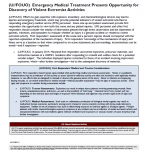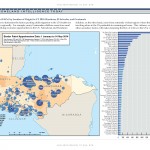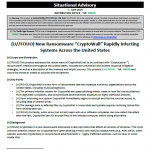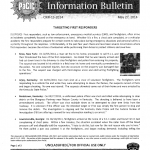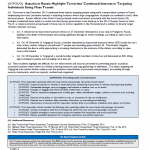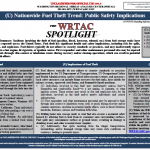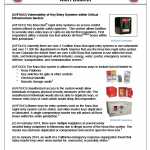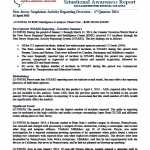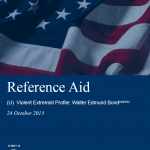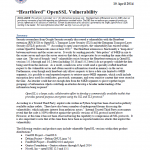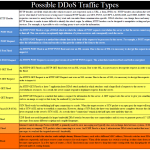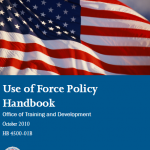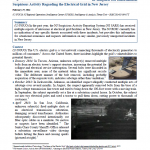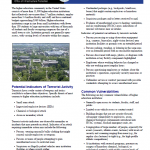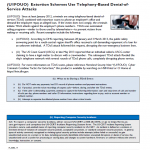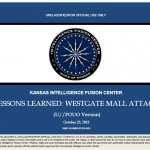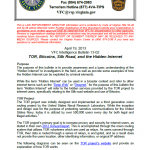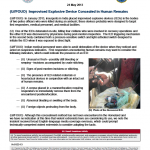
The Department of Homeland Security Office of Cyber and Infrastructure Analysis (DHS/OCIA) Homeland Infrastructure Threat and Risk Analysis Center (HITRAC) produces Sector Resilience Reports to improve partner understanding of the interdependencies and resilience of certain sectors. Specifically, this report provides a brief overview of the electric power system, and analysis of key electric power system dependencies and interdependencies. Additionally, this product includes an assessment of, and best practices for, improving community, system, and facility resilience. This Sector Resilience Report was produced to complement other sector-specific guidance, analysis, and scholarly papers on infrastructure resilience by applying data obtained from DHS site visits and assessments analyzing the resilience of critical infrastructure assets and systems.

